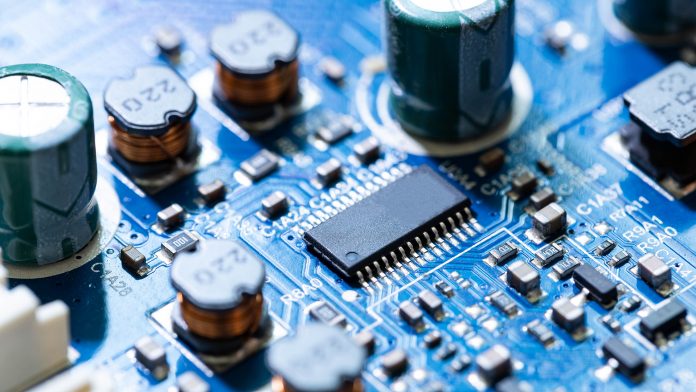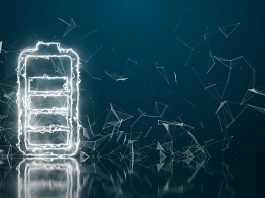Researchers’ novel findings indicate unprecedented promise for enhancing metallic films for use in the electronics industry.
Scientists from the Tokyo Metropolitan University in Japan have utilised high power impulse magnetron scattering (HiPIMS) to develop thin metallic films of tungsten with unparalleled low levels of film stress.
By enhancing the timing of a ‘substrate bias pulse’ with microsecond precision, the team was able to reduce impurities and defects to form crystalline films with stresses as low as 0.03 GPa, which is comparable to those attained through annealing. This work poses great potential in developing effective routes for developing metallic films for use in the electronics industry.
Contemporary electronics are dependent upon the complicated, nanoscale deposition of thin metallic films onto surfaces. This reliance poses difficulties, because unless done correctly, ‘film stresses’ can occur from the microscopic internal structure of the film can result in bending and curving over time. In order to eradicate these stresses, heating or a process known as ‘annealing’ is generally necessary.
Unfortunately, many of the metals most proficient in performing this task – such as tungsten – have high melting points, meaning that the film has to be heated to over 1000 degrees Celsius. Not only is this massively energy energy–intensive, but it greatly restricts which substrate materials can be used for the job.
Therefore, researchers are racing to develop films out of high melting point metals without these stresses in the first place.
High power impulse magnetron scattering
Now, a team led by Associate Professor Tetsuhide Shimizu of Tokyo Metropolitan University is developing a method known as high power impulse magnetron scattering (HiPIMS), a sputtering technique.
This novel method entails employing a high voltage across a metallic ‘target’ and a substrate, forming a plasma of charged gas atoms which that assails the metallic target and creates a charged metal vapour; these metal ions fly towards the substrate where they form a film.
In the case of HiPIMS, the voltage is pulsed in short, powerful bursts. After each pulse, it is known that there is some separation between the arrival of metal and gas ions at the substrate; a harmonised ‘substrate bias’ pulse can aid in selectively accelerating the metal ions, resulting in denser films. However, despite extensive efforts to iron this out, the issue of residual stress remained.
Optimising stress-free films for the electronics industry
Now, using argon gas and a tungsten target, researchers have been able to study how ions with various energies appeared at the substrate over time in unmatched detail. As opposed to employing a bias pulse set off at the same time as the HiPIMS pulse, they utilised their understanding of when distinct ions arrived and introduced a tiny delay of 60 microseconds to accurately select for the arrival of high energy metal ions.
Using this method, the researchers discovered that this decreased the quantity of gas ending up in the film and effectively produced high levels of kinetic energy. This resulted in a dense crystalline film with large grains and low film stress. By making the bias stronger, the films became more and more stress-free.
The efficient delivery of energy to the film meant that they had, in fact, achieved a similar effect to annealing while they deposited the film. The team then developed this method further by replacing argon with krypton, and through this, the team realised films with a stress as low as 0.03 GPa, similar to what can be produced with post-annealing.
An effective pathway to stress-free films will have an important influence on metallisation processes and the manufacture of next-generation circuitry. The technology may be applied to other metals and promises big gains for the electronics industry.









